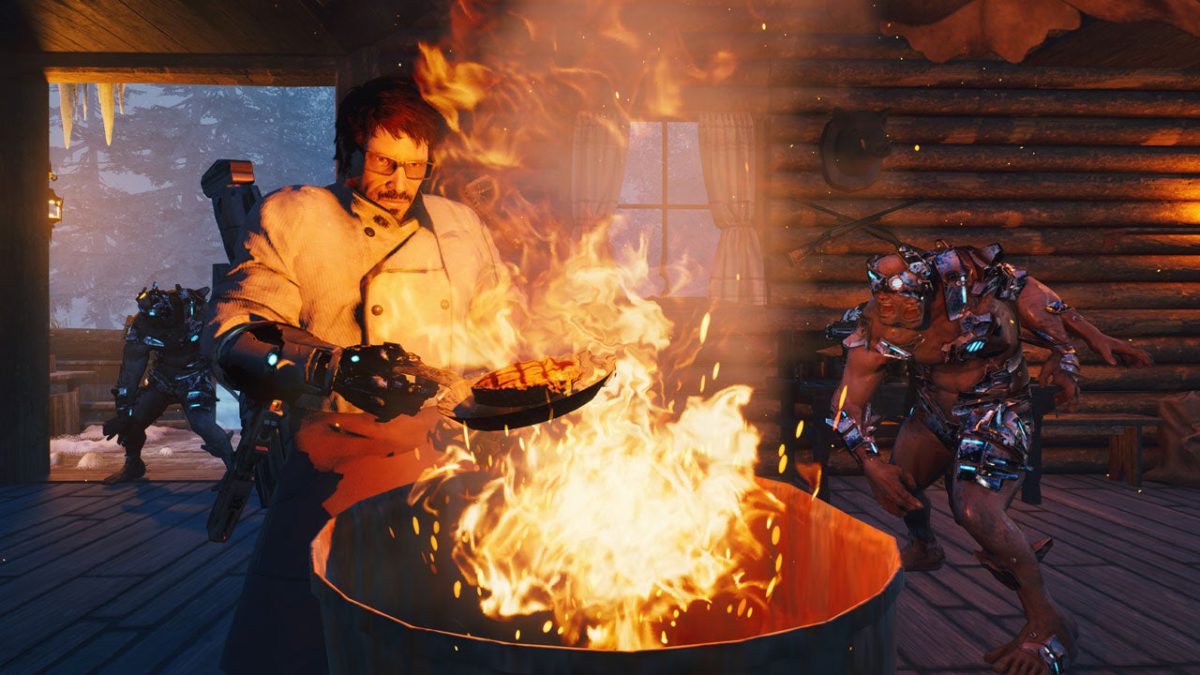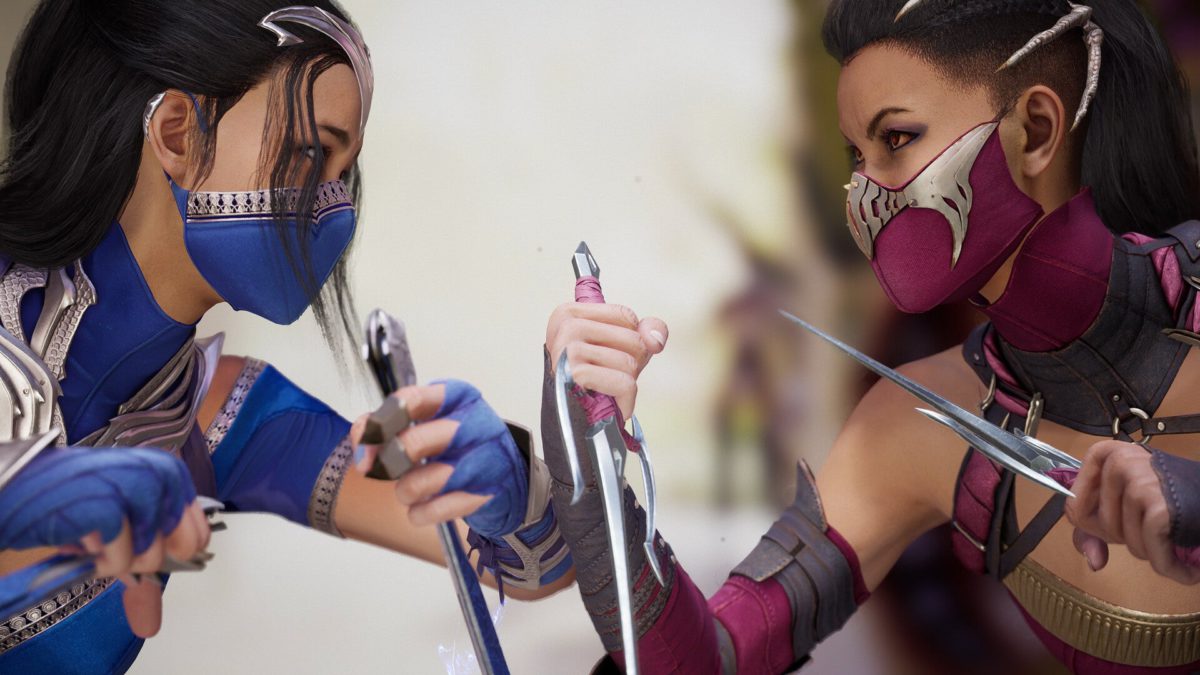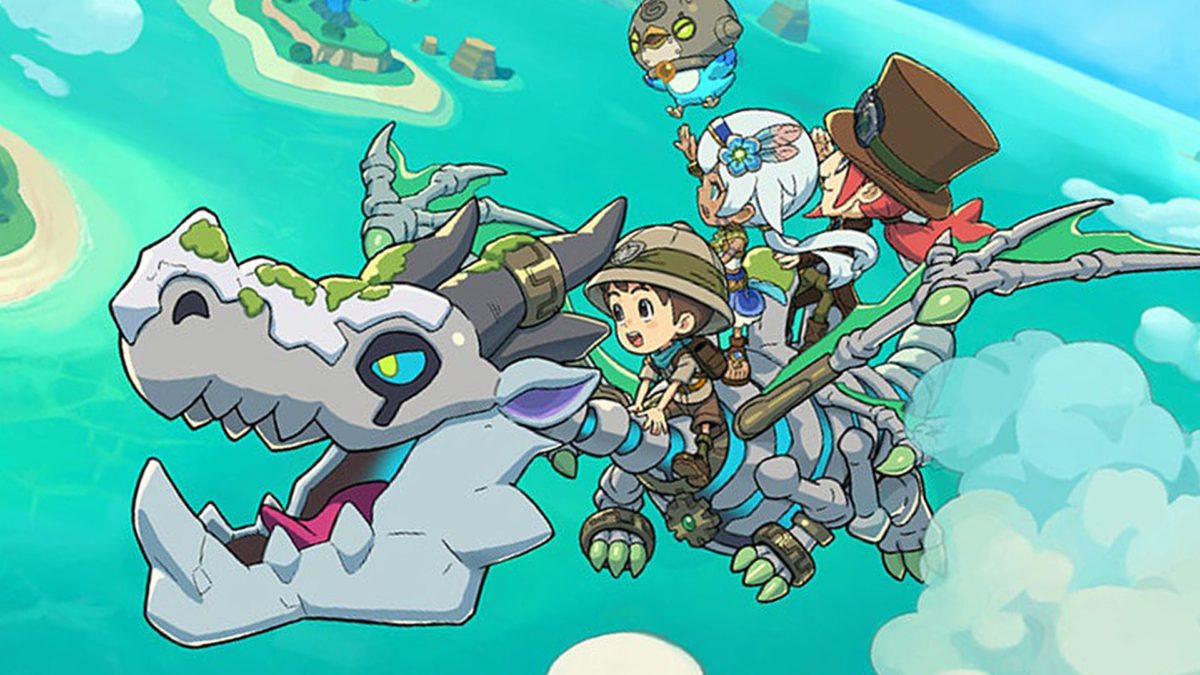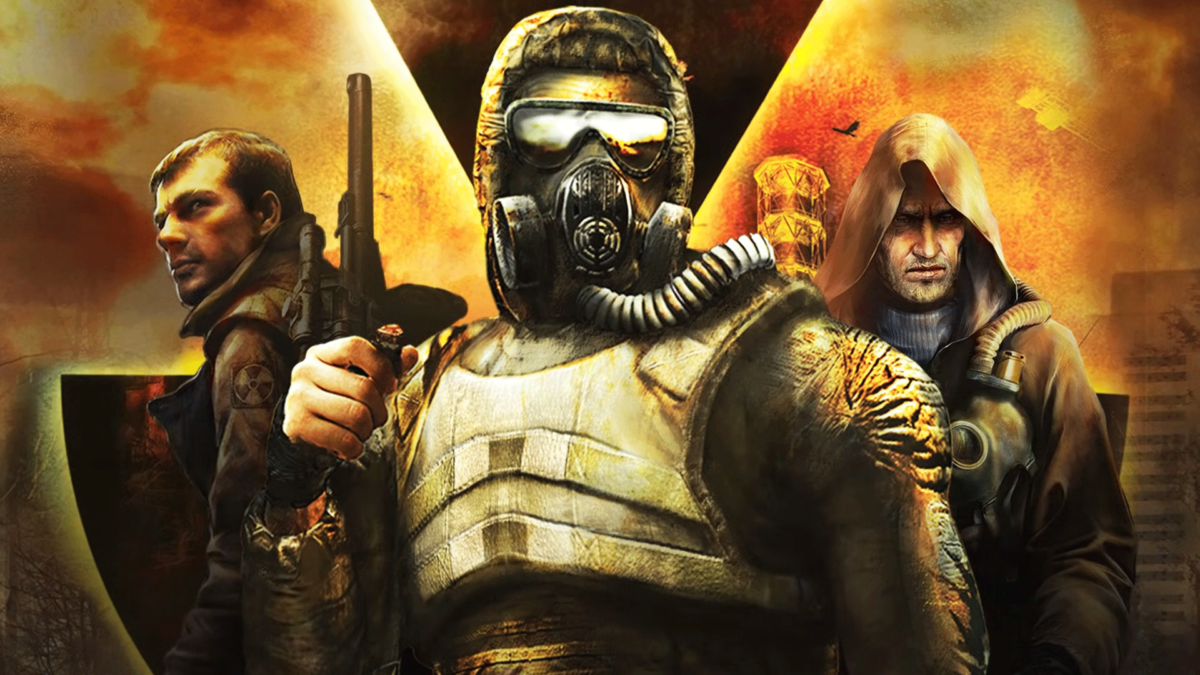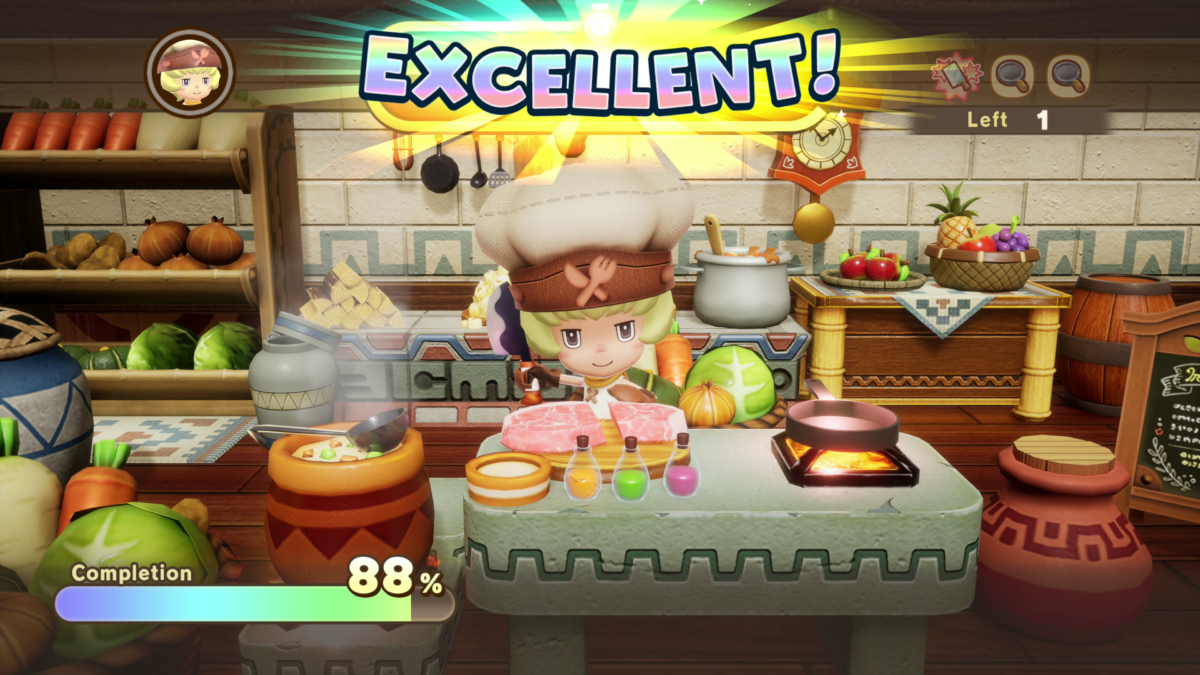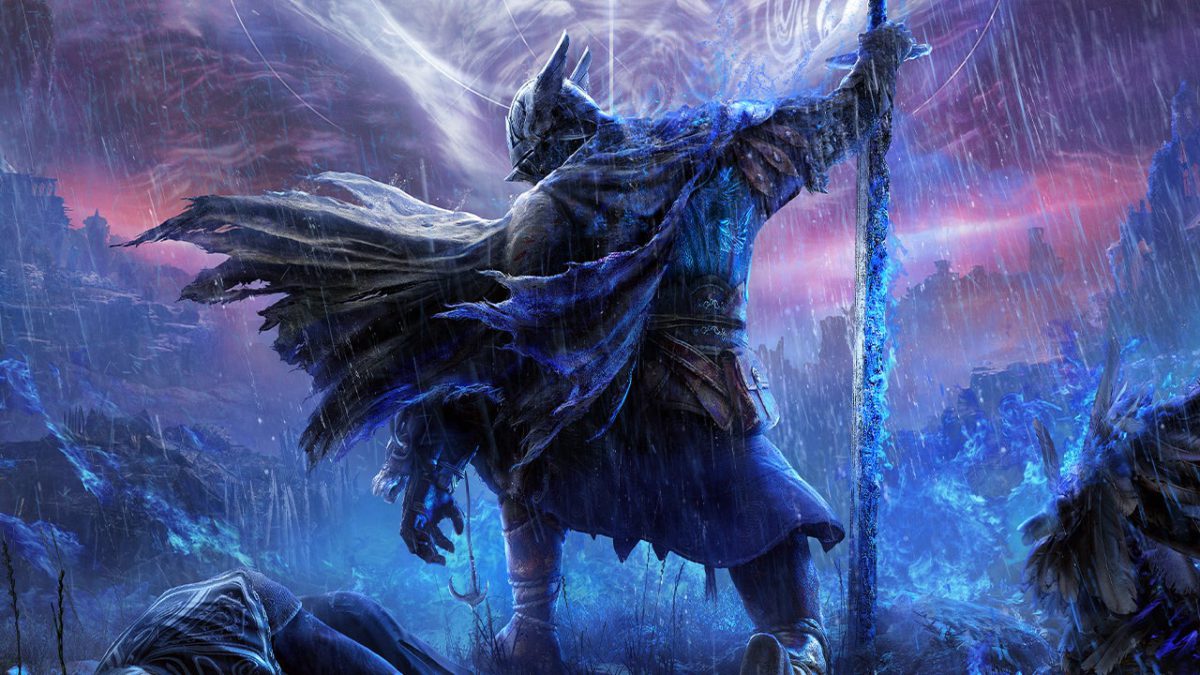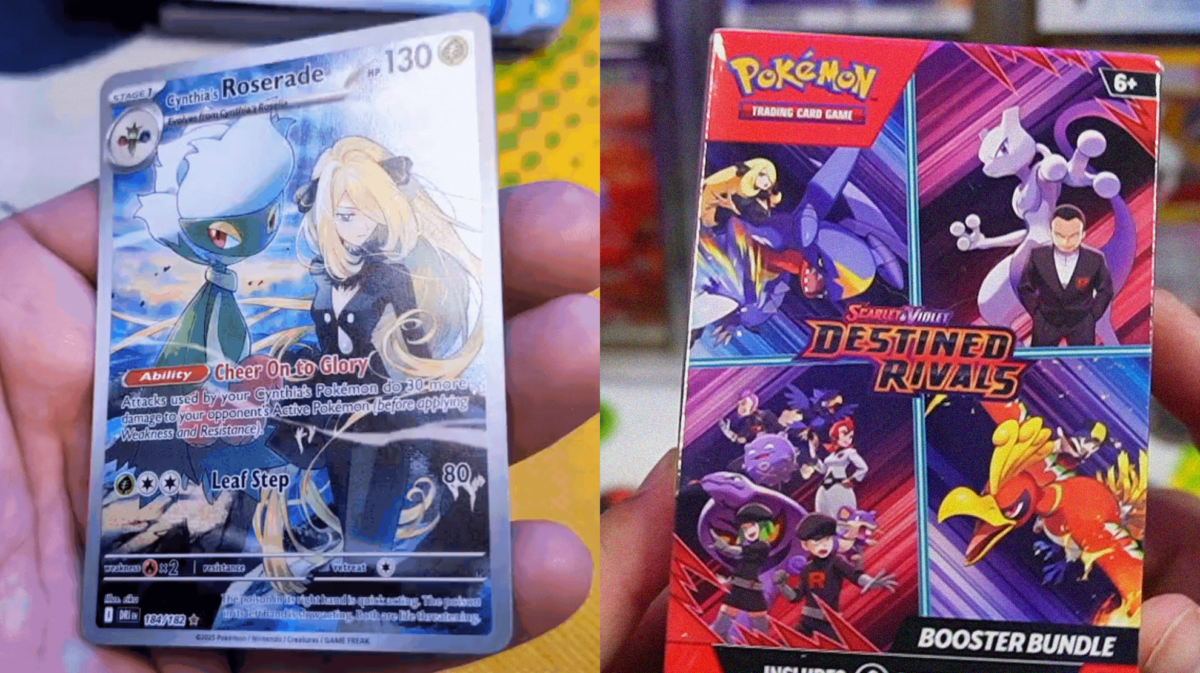I wanted Journey Together to hit big. After Surging Sparks and Prismatic Evolutions delivered some real heat, it felt like we were on a roll.
But instead of a clean three-hit combo, this set tripped over itself on the way out the gate. Prices were inflated from the start, and now that the market has had time to breathe, this correction is aggressive.
It’s still a solid set. Great art, fun pulls, some nostalgic hits. But a lot of the single prices were built on hype that couldn’t hold.
Collectors thought we’d get another round of rapid value climbs. That didn’t happen. If you’re buying now, you’re catching cards on the way down instead of riding them on the way up.
Just go in knowing what’s worth grabbing and what’s still floating on leftover launch-day fumes.
Illustration Rares
Articuno had a strong start. Prices hit $55 back in late March, which made sense at the time—it’s a fan-favorite Legendary with great artwork.
Since then, it’s taken a 36% dip and now floats around $35. Honestly, that’s still a bit high. I’ve seen near-mint listings at $18.69, and that feels more in line with where this card belongs.
I think it’s a solid pickup if you just want a great-looking bird without the early adopter tax.
Wailord was one of those early hype Illustration Rares that got pumped fast, mostly because it’s Wailord and people have a soft spot for absurdly large water types.
It hit $60 at the end of March, which didn’t last long. It’s now dropped 63.66% to a market value of around $22.49, and I’ve seen copies listed for as low as $14.55. Personally, I think this one’s due for a soft bounce back to $30, but only once the panic listings clear out and the Wailord fans circle back.
My favorite Illustration Rare is N’s Reshiram. The artwork is top-tier, and the character pairing actually adds something meaningful to the card. It started at $39.43, which honestly didn’t feel too far off given the demand at launch.
Now it’s sitting around $17.44. Even the Journey Together stamped variant, which you’d think would carry some extra value, is undercutting the regular one at about $14. That’s a 79.51% drop, and in my opinion, a steal. If you want a chase card without paying chase prices, this is the one.
Special Illustration Rare And Hyper Rares
Lillie’s Clefairy ex SIR was positioned as the face of the set, and for a moment it looked like it might stay there. Prices hit $400, which was wild, considering the only thing more expensive than that in Journey Together was probably regret.
Now it’s sitting around $180 and in my opinion, it’s still too high. It’s a gorgeous card, no doubt about that, but I think we’ll see it hit $150 soon. Not a crash but a correction to something a little more in line with what most people are willing to pay.
I thought Iono’s Bellibolt ex SIR was going to be the top card of the set. It had the rarity, it had the character, and it looked just chaotic enough to become a fan favorite. Instead, it’s hovering around $80, which is fine. Not great, not terrible.
The price feels stable, and I don’t think it’s going to tank like some of the other launch-day hype magnets. If you like it, grab it. If you’re hoping it doubles in value, maybe take a walk.
Salamence ex SIR is probably the best example of what went wrong with Journey Together’s early pricing. At launch, people were paying up to $250 for it like it was the last dragon card ever printed. Now it’s going for about $106, and I think it’ll settle closer to $100.
Still expensive, sure, but at least now it’s priced like a high-tier chase card and not a collector’s retirement plan. The art’s strong, and Salamence has always had staying power, so I think this one holds up better than most.
Full Arts
Iono’s Bellibolt ex is my favorite full art, mostly because I pulled it and immediately convinced myself I was sitting on gold. At launch, it was going for around $80. It’s now comfortably sitting in the $7–$8 range.
Honestly, if you paid anything above $15, I don’t know what to tell you. It’s a great-looking card, though, and I think it’ll stick around this price for a while now that the dust has settled. Just maybe don’t buy it thinking it’s the next Supporter-tier Iono. It’s a Bellibolt. Let’s be reasonable.
Lillie’s Clefairy ex had a bizarre start. Prices climbed past $110 before launch, which had me wondering if people thought it was a Special Illustration Rare by mistake.
It’s now found its lane at around $17–$19, which is where it probably should’ve been all along. I think it’s a great pickup at that price if you’re into Lillie, or Clefairy, or just want something that won’t lose half its value before it hits your mailbox.
N’s Zoroark ex started out a little more grounded at around $30, but even that wasn’t safe from the drop. It’s landed around $12 now, which honestly feels like a fair deal. The card still looks fantastic, and it’s got some collector appeal thanks to N.
But when I say Journey Together prices are crashing, this is exactly what I mean. Remember all those “can’t-miss deals” I was posting at launch? It wasn’t because the cards were underpriced — it’s because they were about to fall off a cliff.
Find out more top tips on where to find Pokémon cards with my extensive guide, and check out this weeks latest crashers and climbers article for more Pokémon cards market watch updates.
Here’s the Pokémon TCG full Release Schedule so far for this year, too, so you don’t miss anything. Buying singles is the cheapest way to collect right now, but don’t feel like you have to “Catch Em’ All!”.
Christian Wait is a contributing freelancer for IGN covering everything collectable and deals. Christian has over 7 years of experience in the Gaming and Tech industry with bylines at Mashable and Pocket-Tactics. Christian also makes hand-painted collectibles for Saber Miniatures. Christian is also the author of “Pokemon Ultimate Unofficial Gaming Guide by GamesWarrior”. Find Christian on X @ChrisReggieWait.

